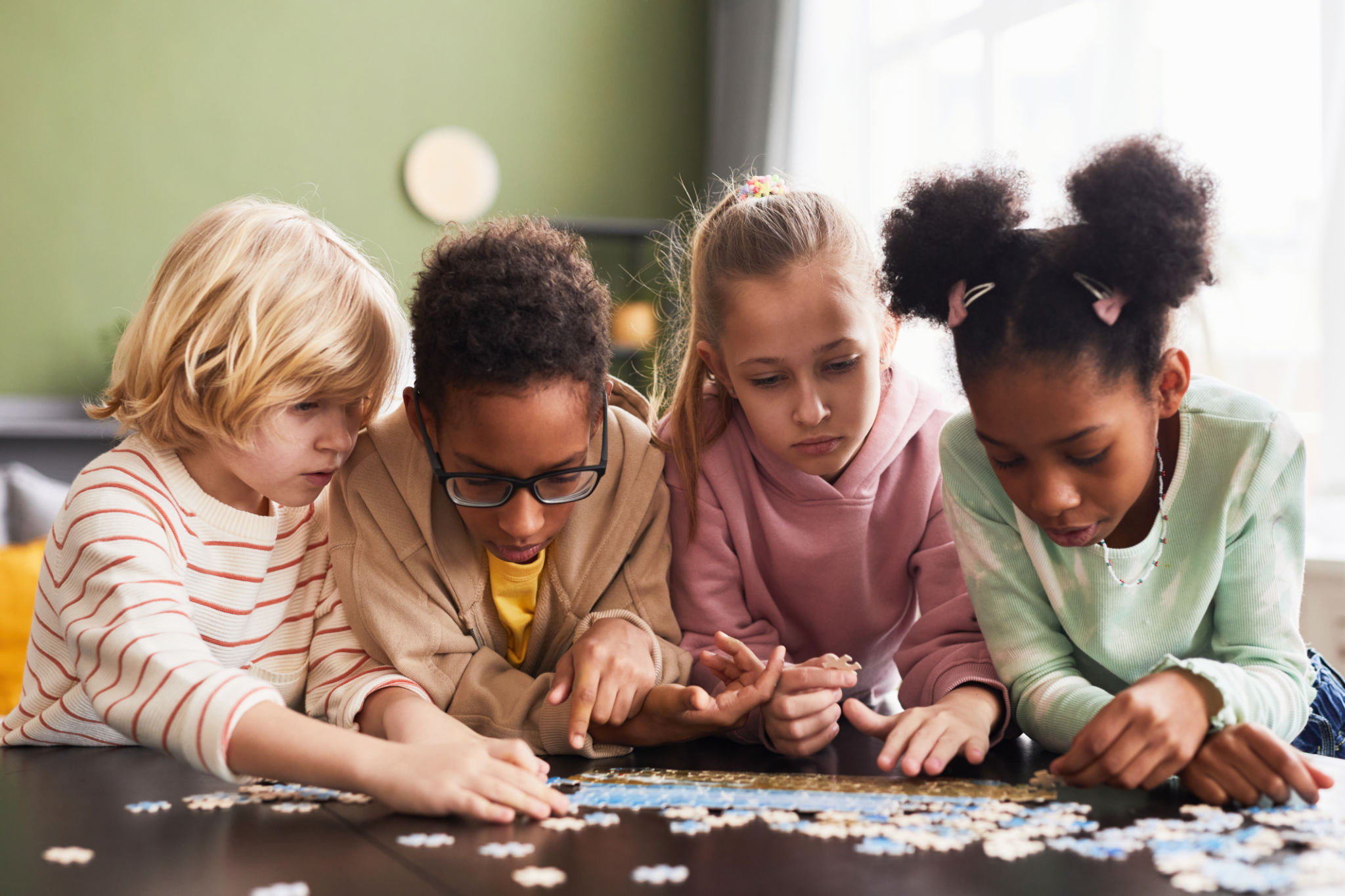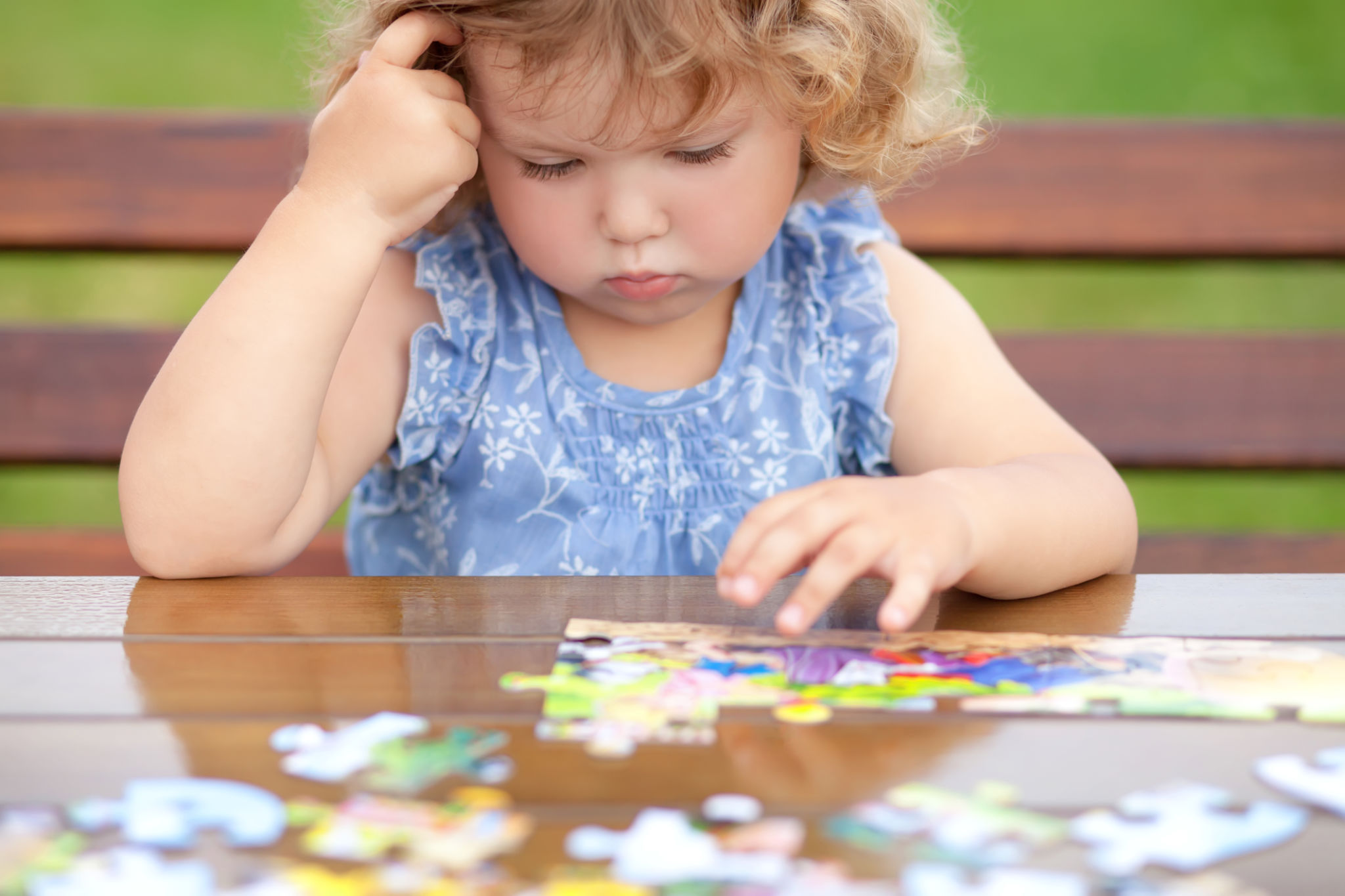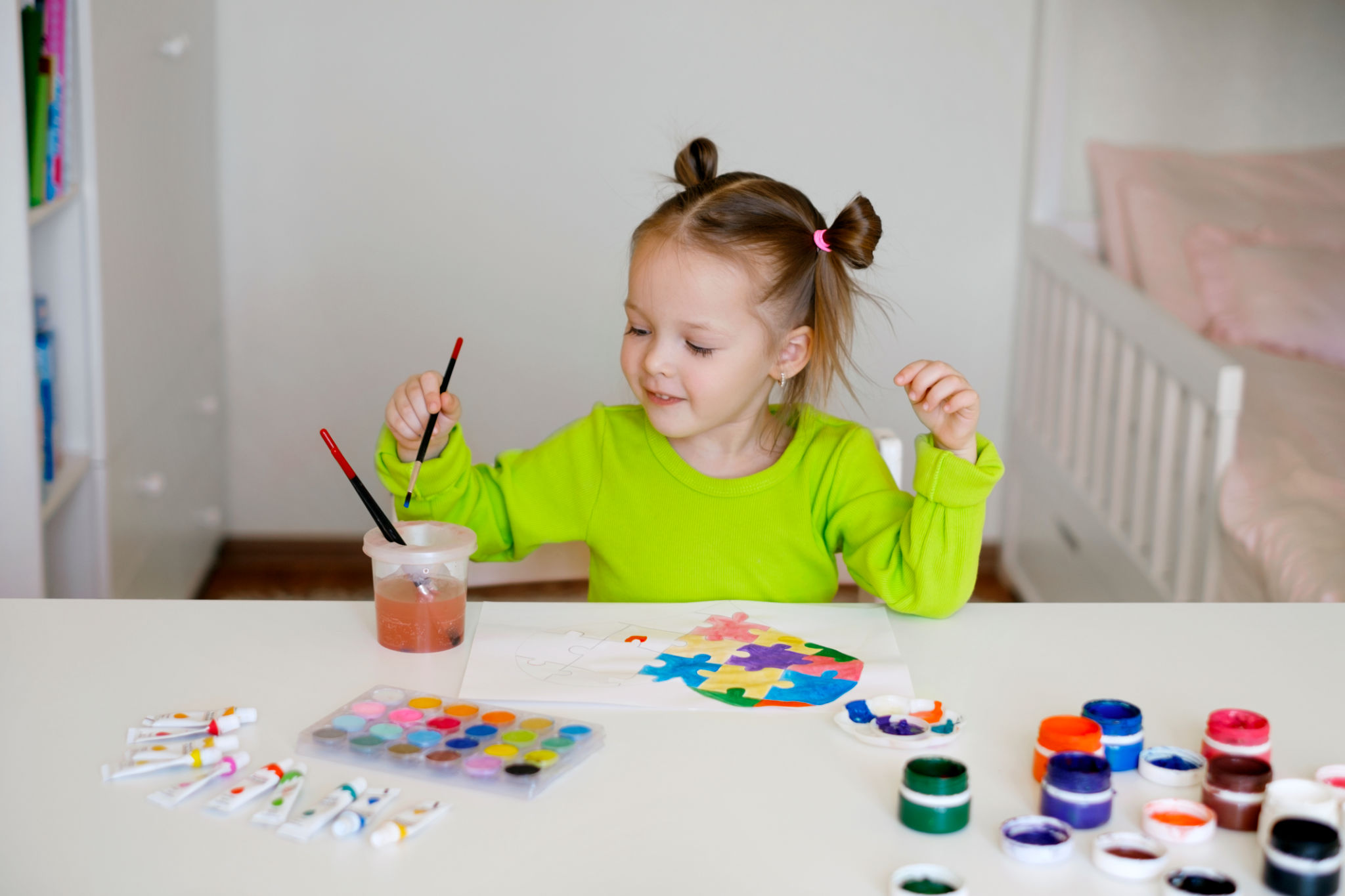Top Considerations When Selecting Educational Puzzles for Children
When it comes to fostering cognitive development and problem-solving skills in children, educational puzzles are an excellent tool. These engaging activities not only provide entertainment but also enhance various developmental skills. However, selecting the right puzzles can be a daunting task given the plethora of options available. Here are some top considerations to keep in mind when choosing educational puzzles for your child.
Age Appropriateness
The first factor to consider is the age appropriateness of the puzzle. Puzzles are typically designed with specific age groups in mind, ensuring that the complexity of the puzzle matches the child's cognitive development stage. For younger children, puzzles with larger pieces and simpler designs are ideal. As children grow, they can handle more intricate puzzles with smaller pieces that require advanced problem-solving skills.

Educational Value
Another essential consideration is the educational value of the puzzle. Look for puzzles that align with educational goals, such as those that teach numbers, letters, shapes, or colors. Additionally, puzzles that introduce concepts like geography or science can be invaluable. The key is to select puzzles that not only entertain but also educate, providing a dual benefit to your child's development.
Skills Development
Puzzles should aid in the development of key skills such as fine motor skills, hand-eye coordination, and spatial awareness. For instance, jigsaw puzzles require precise placement of pieces, which can enhance a child's dexterity and coordination. These skills are crucial during early childhood and can set a strong foundation for future learning experiences.

Material and Durability
The material of the puzzle is another important factor to consider. Puzzles made from high-quality materials, such as wood or thick cardboard, tend to be more durable and safe for children. Ensure that the materials are non-toxic and can withstand frequent handling by enthusiastic little hands. Durable puzzles can provide long-lasting fun and educational experiences.
Theme and Interest
Children are more likely to engage with puzzles that feature themes or characters they are interested in. Whether it's animals, vehicles, fairy tales, or beloved TV characters, selecting a puzzle that resonates with a child's interests can increase their enthusiasm and focus. This engagement is crucial for maximizing the educational benefits of the puzzle.

Complexity and Challenge
The level of complexity in a puzzle should be challenging yet achievable. A puzzle that is too easy may not hold a child's attention for long, while one that is too difficult can lead to frustration. It's important to find a balance where the child feels challenged but capable of completing the puzzle with some effort. This approach fosters a sense of accomplishment and boosts confidence.
Interactive Features
Some modern puzzles come with interactive features such as sound effects or moving parts. These features can add an extra dimension of engagement and excitement for children. However, it's essential to ensure that these additions do not detract from the educational value of the puzzle. Interactive puzzles should enhance learning rather than simply entertain.
In conclusion, selecting the right educational puzzles for children involves considering a variety of factors including age appropriateness, educational value, material, theme, complexity, and interactivity. By thoughtfully choosing puzzles that align with these considerations, you can provide your child with enriching play experiences that support their growth and development.
